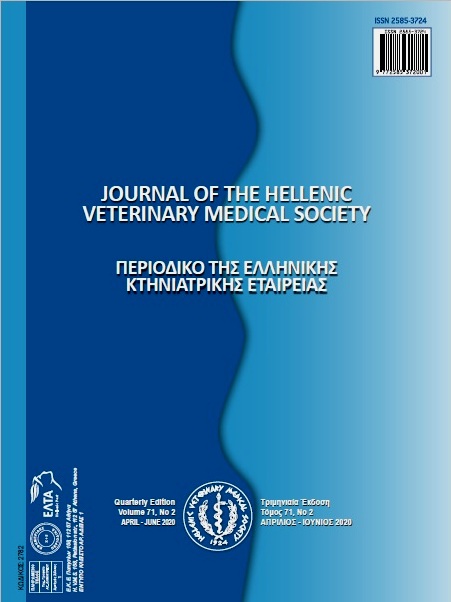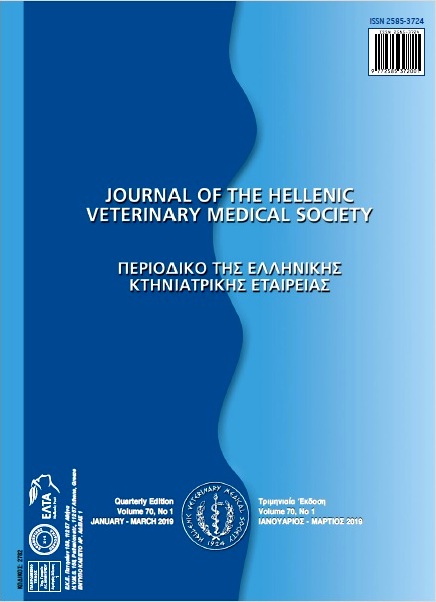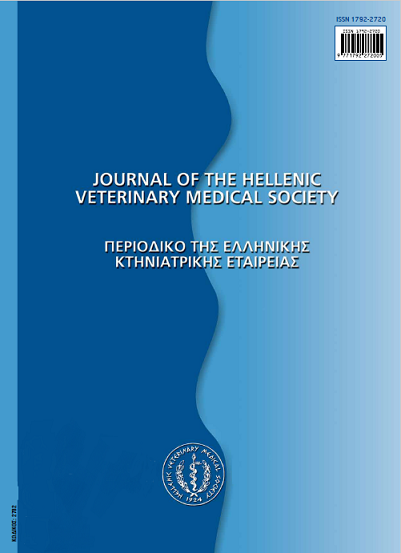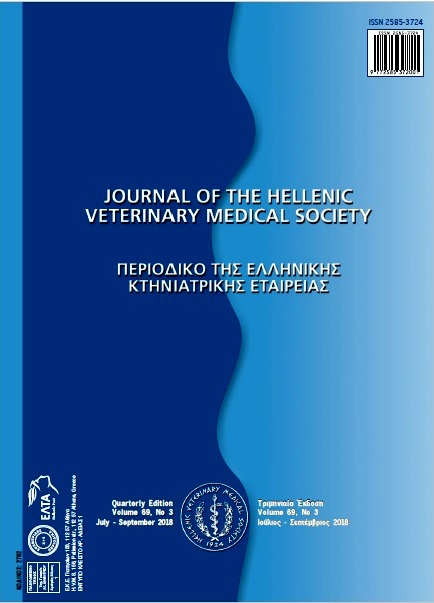In-vitro efficacy of Arachis hypogaea (Peanut) peels extract against Haemonchus contortus

Abstract
Synthetic anthelmintics are becoming ineffective due to development of parasitic resistance. For this reason, traditional medicinal plants are being explored for their anthelmintic potential. The aim of this study was to evaluate the in-vitro anthelmintic activity of Arachis hypogaea L. (peanut) peels against Haemonchus contortus. To assess the anthelmintic effect of Arachis hypogaea L. on 3 life cycles of Haemonchus contortus, egg hatch assay (EHA), larval developmental assay (LDA) and adult motility assay (AMA) were conducted. In these tests, methanol and n-hexane extracts of the plant were used in three concentrations of 10, 15 and 20 mg/ml. Levamisole and PBS were used as positive and negative control groups respectively. Results of these tests showed that methanol extract of Arachis hypogaea L. had higher anthelmintic effect than that of n-hexane extract. Overall both extracts exhibited a significant (p<0.05) dose and a time dependent anthelmintic effect. At 20 mg/ml, methanol extract and n-hexane extract showed 87% and 80% egg hatching inhibition respectively. Methanol and n-hexane extracts at 20 mg/ml showed 83.3% and 76.6% larval mortality respectively. Adult motility test with both extracts showed maximum immobilization of worms after 6 hours of treatment at 20 mg/ml concentration. It is concluded that peels of Arachis hypogaea possess significant anthelmintic potential against nematodes. It may be suggested that the plant can be used further to investigate the in-vivo activity.
Article Details
- How to Cite
-
TAHIR, A., AKHTAR, R., LATEEF, M., SATTAR, F., HAFEEZ, M., OMER, M., ZAHID, B., & JAVED, A. (2020). In-vitro efficacy of Arachis hypogaea (Peanut) peels extract against Haemonchus contortus. Journal of the Hellenic Veterinary Medical Society, 71(2), 2179–2184. https://doi.org/10.12681/jhvms.24082
- Issue
- Vol. 71 No. 2 (2020)
- Section
- Research Articles

This work is licensed under a Creative Commons Attribution-NonCommercial 4.0 International License.
Authors who publish with this journal agree to the following terms:
· Authors retain copyright and grant the journal right of first publication with the work simultaneously licensed under a Creative Commons Attribution Non-Commercial License that allows others to share the work with an acknowledgement of the work's authorship and initial publication in this journal.
· Authors are able to enter into separate, additional contractual arrangements for the non-exclusive distribution of the journal's published version of the work (e.g. post it to an institutional repository or publish it in a book), with an acknowledgement of its initial publication in this journal.
· Authors are permitted and encouraged to post their work online (preferably in institutional repositories or on their website) prior to and during the submission process, as it can lead to productive exchanges, as well as earlier and greater citation of published work.






